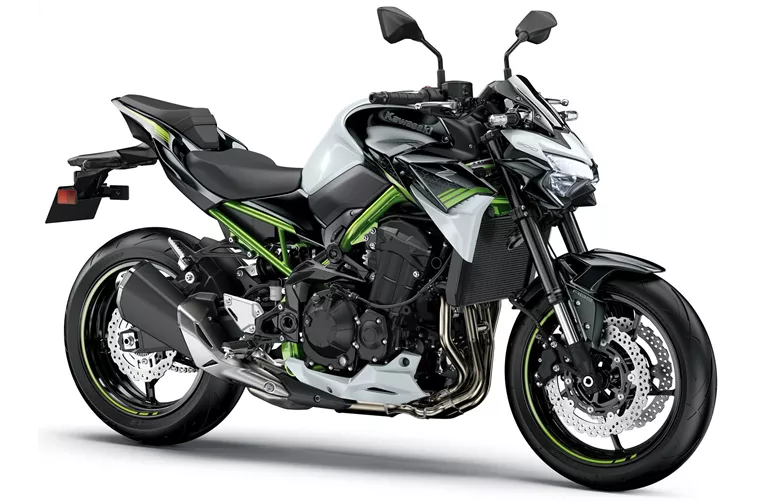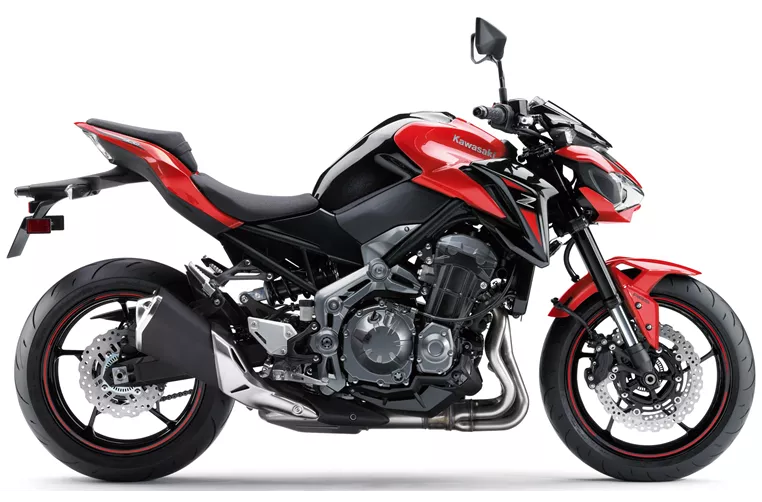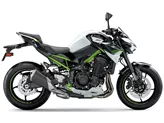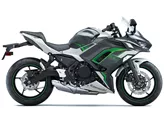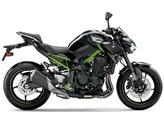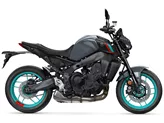Kawasaki Z900 2020 vs. Kawasaki Z900 70kW 2018
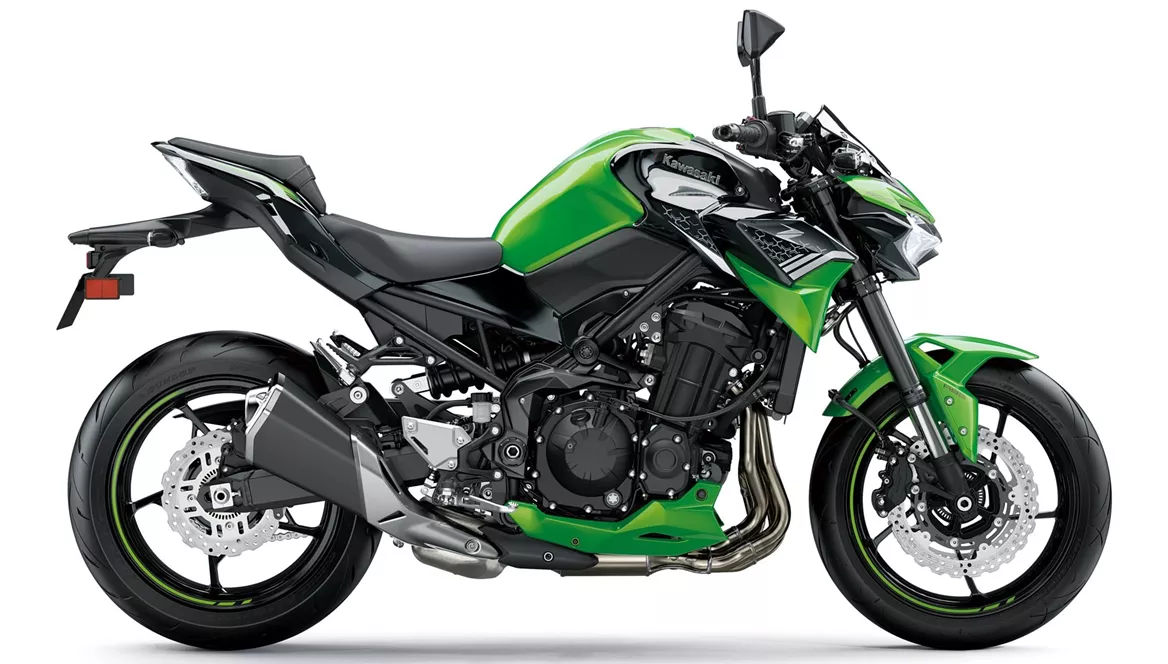
Kawasaki Z900 2020
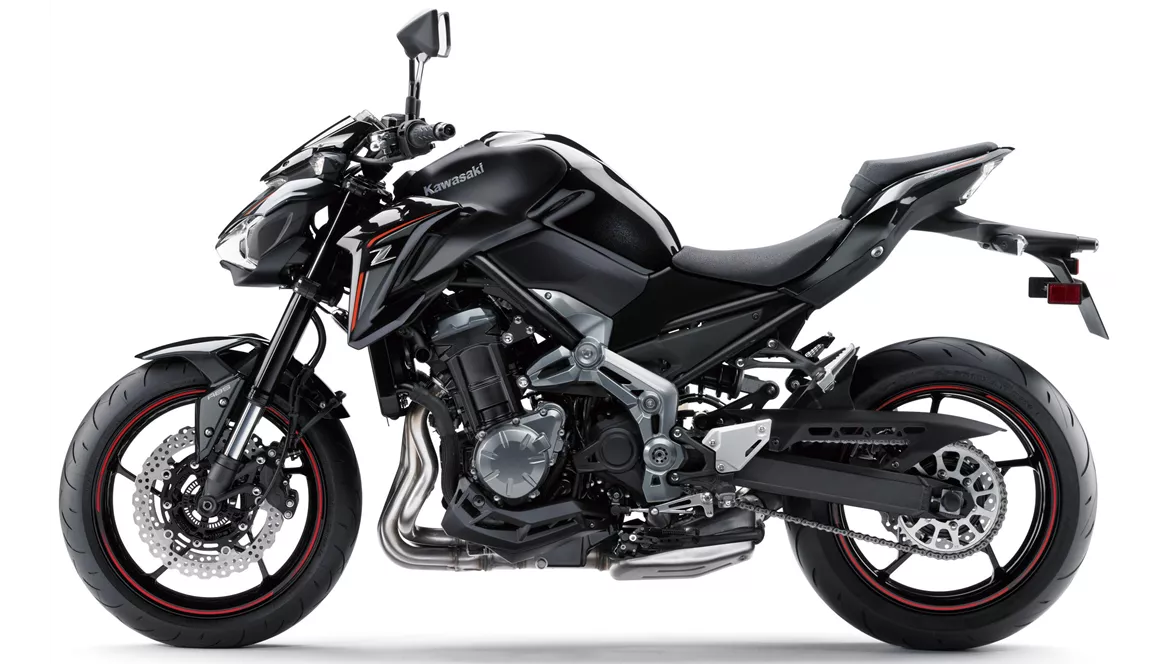
Kawasaki Z900 70kW 2018
Overview - Kawasaki Z900 2020 vs Kawasaki Z900 70kW 2018
The Kawasaki Z900 2020 and the Kawasaki Z900 70kW 2018 are both naked bikes with similar technical specifications. They both have an in-line four-cylinder engine with a displacement of 948ccm and a liquid cooling system. However, there are some notable differences between the two models.
In terms of engine power, the Kawasaki Z900 2020 has a higher output with 125.4 HP compared to the 95 HP of the Kawasaki Z900 70kW 2018. This means that the 2020 model offers more power and acceleration, making it more suitable for riders who enjoy a more aggressive riding style.
The torque of the Kawasaki Z900 2020 is also higher at 98.6 Nm compared to the 91.2 Nm of the 2018 model. This additional torque provides better low-end power and enhances the overall performance of the bike.
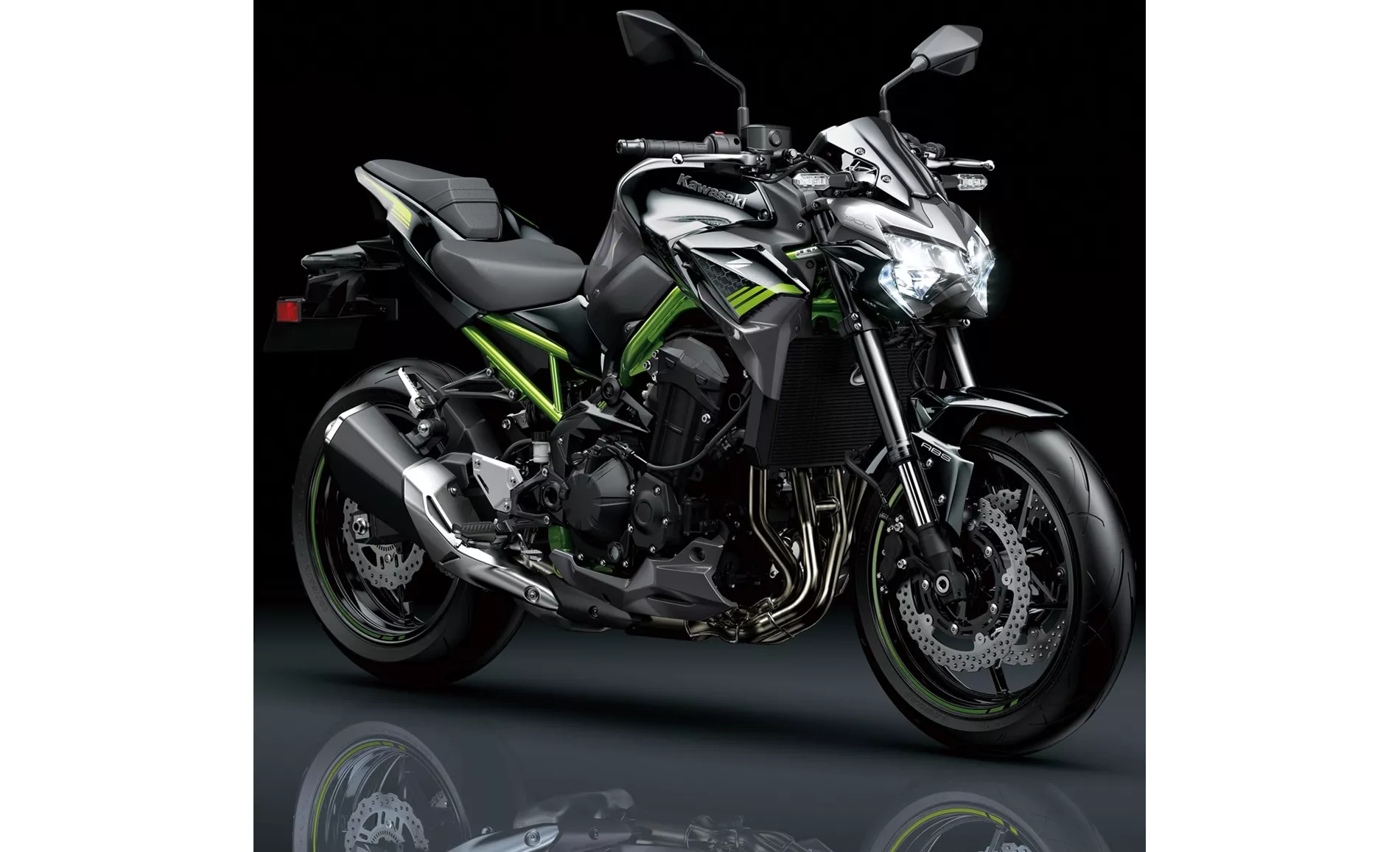
Kawasaki Z900 2020
Both models feature an upside-down telescopic fork front suspension and a swing arm rear suspension with preload and rebound adjustment. The suspension components are made of aluminum, which helps to reduce weight and improve handling. The chassis of both bikes is made of steel and has a double cradle frame type, providing stability and rigidity.
In terms of braking, both models have double disk front brakes with a diameter of 300 mm and four-piston calipers. The braking technology used is petal, which improves heat dissipation and provides better braking performance. The 2020 model also features advanced rider assistance systems such as ABS, riding modes, ride by wire, and traction control, which enhance safety and control.
Both models have the same tire dimensions, with a front tire width of 120 mm and a rear tire width of 180 mm. The wheelbase and seat height are also identical, measuring 1450 mm and 795 mm, respectively. The curb weight of both bikes, including ABS, is 210 kg.
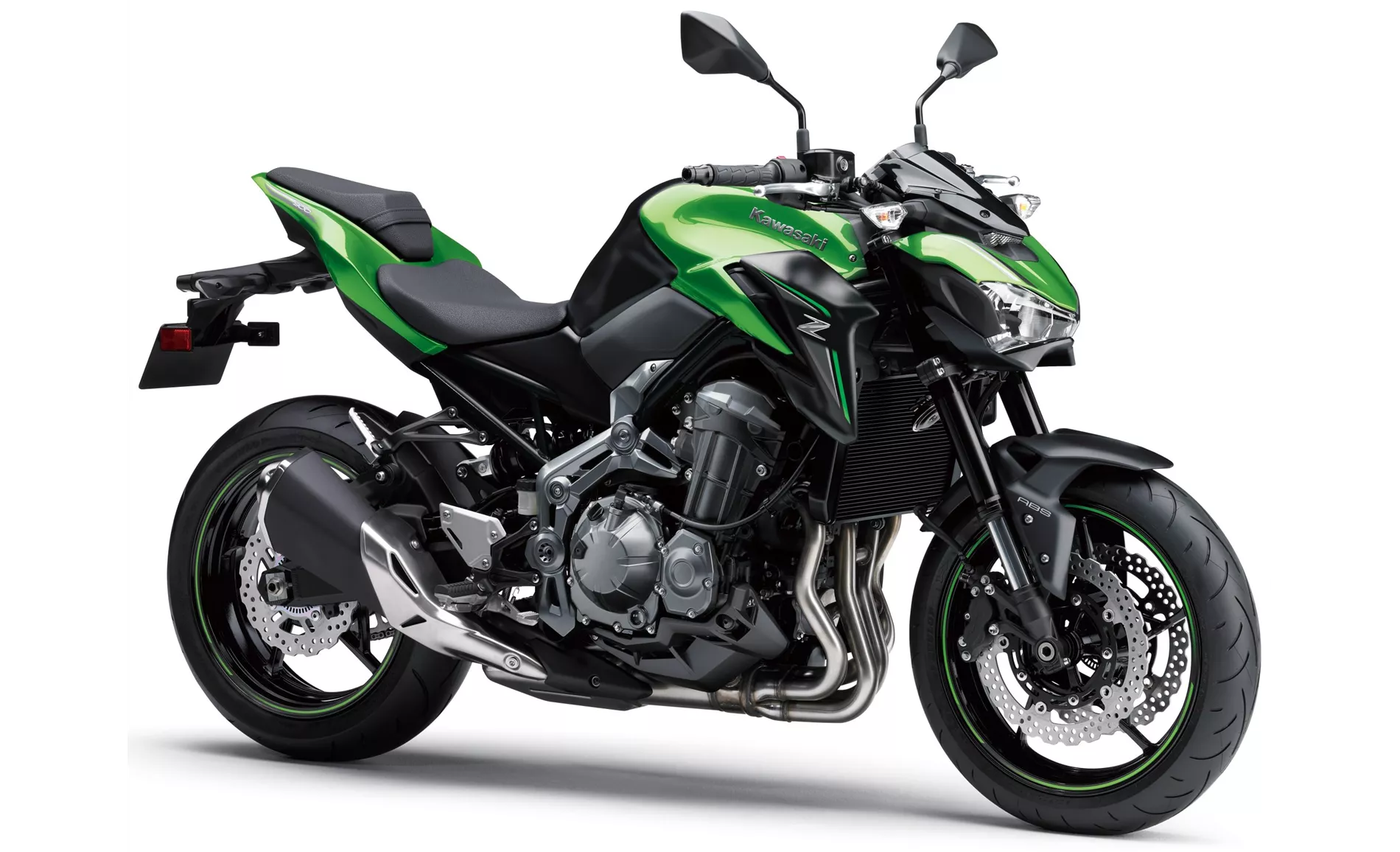
Kawasaki Z900 70kW 2018
In terms of strengths, the Kawasaki Z900 2020 offers a powerful four-cylinder engine, great handling, good equipment, aggressive looks, and value for money. On the other hand, the Kawasaki Z900 70kW 2018 has a smooth engine with punch at around 6000 rpm, finely controllable brakes, smooth running in city traffic, stable at motorway speeds, and good handling.
However, there are also some weaknesses to consider. The Kawasaki Z900 2020 has a somewhat tiring menu navigation and lacks the option of a quickshifter. The Kawasaki Z900 70kW 2018, on the other hand, may be quite small for tall people and has a rather high weight of 210 kg, which affects acceleration with only 48 hp.
Overall, the Kawasaki Z900 2020 offers more power and advanced rider assistance systems, making it a better choice for riders who prioritize performance and modern features. However, the Kawasaki Z900 70kW 2018 still offers a smooth and enjoyable riding experience, especially for city traffic and everyday use.
Technical Specifications Kawasaki Z900 2020 compared to Kawasaki Z900 70kW 2018
Pros and Cons in comparison
Pros and Cons in comparison
Kawasaki Z900 2020
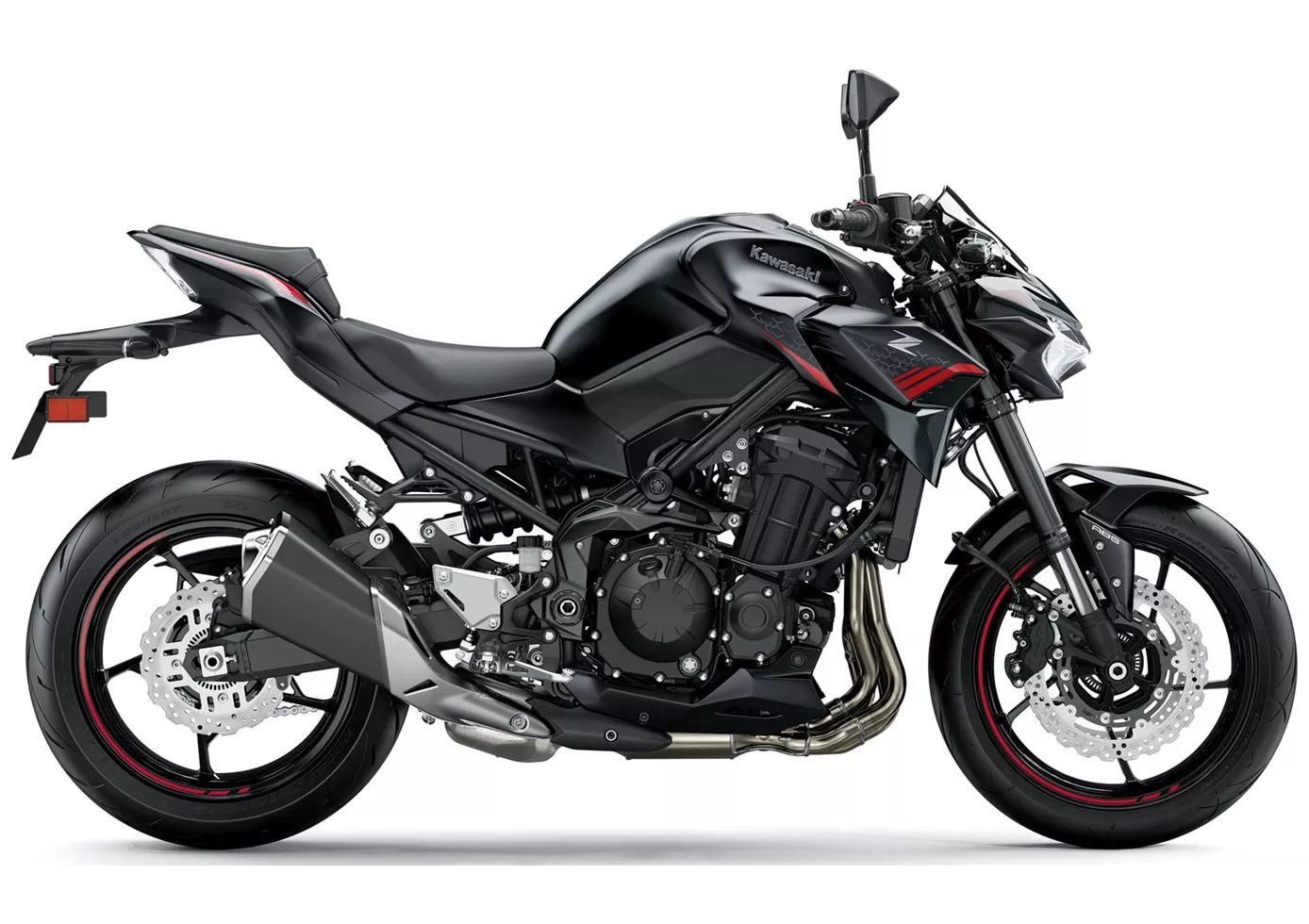
In terms of price-performance, the Kawasaki Z900 is hard to beat at the moment. With the perfectly tuned engine, the high-quality chassis components and the electronics added for 2020, this naked bike offers everything that sporty riders will be looking for. There is really nothing to complain about, even if the option of a quickshifter would have been a nice extra. Apart from that: great shot, Kawasaki!
Kawasaki Z900 70kW 2018
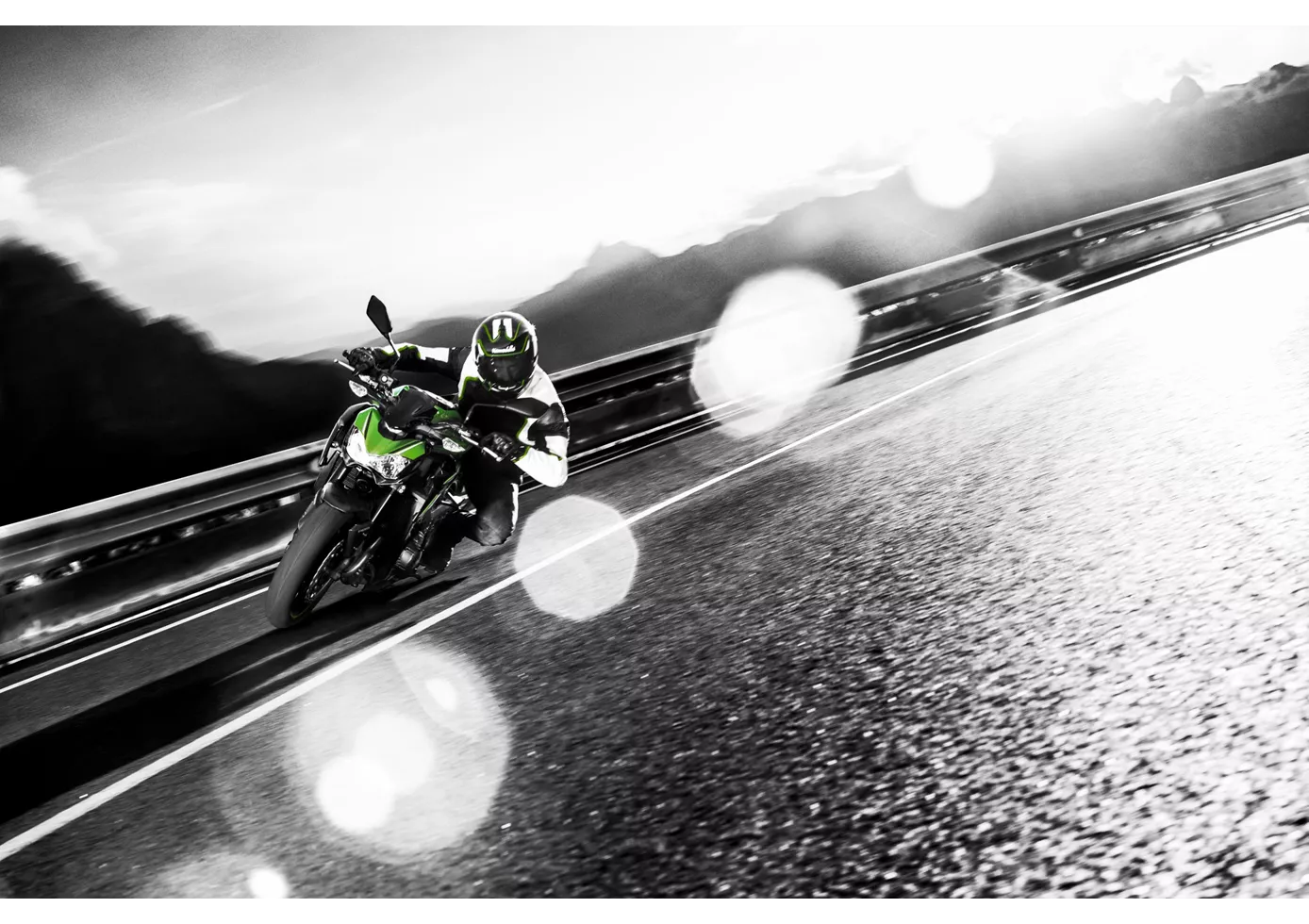
The Z900 is a top entry-level motorbike. Very smooth engine, great brakes and lots of adjustment options on the chassis and levers. The acceleration may be too good for speed junkies, but it's just right for learning. The lack of electronic gimmicks, riding modes and traction control doesn't bother either, but makes the Z900 a good bike to learn the basics of two-wheeled locomotion. A high-quality purist, a real motorbike, even with only 48 hp!
Price Comparison Avarage Market Price Kawasaki Z900 vs Kawasaki Z900 70kW
There are a few key differences between a Kawasaki Z900 2020 and a Kawasaki Z900 70kW 2018. In terms of price, the actual average price of a Kawasaki Z900 2020 is about 3% higher. Compared to Kawasaki Z900 70kW 2018 there are more Kawasaki Z900 2020 bikes available on the 1000PS.de Marketplace, specifically 34 compared to 5. It takes less time to sell a Kawasaki Z900 with 124 days compared to 194 days for a Kawasaki Z900 70kW. Since model year 2017 1000PS.de editors have written 46 reviews for the Kawasaki Z900 and 10 reviews for the Kawasaki Z900 70kW since model year 2018. The first review for the Kawasaki Z900 was published on 11/11/2016 and now has more than 93,200 views. This compares to more than 104,300 views for the first review on Kawasaki Z900 70kW published on 11/23/2018.
